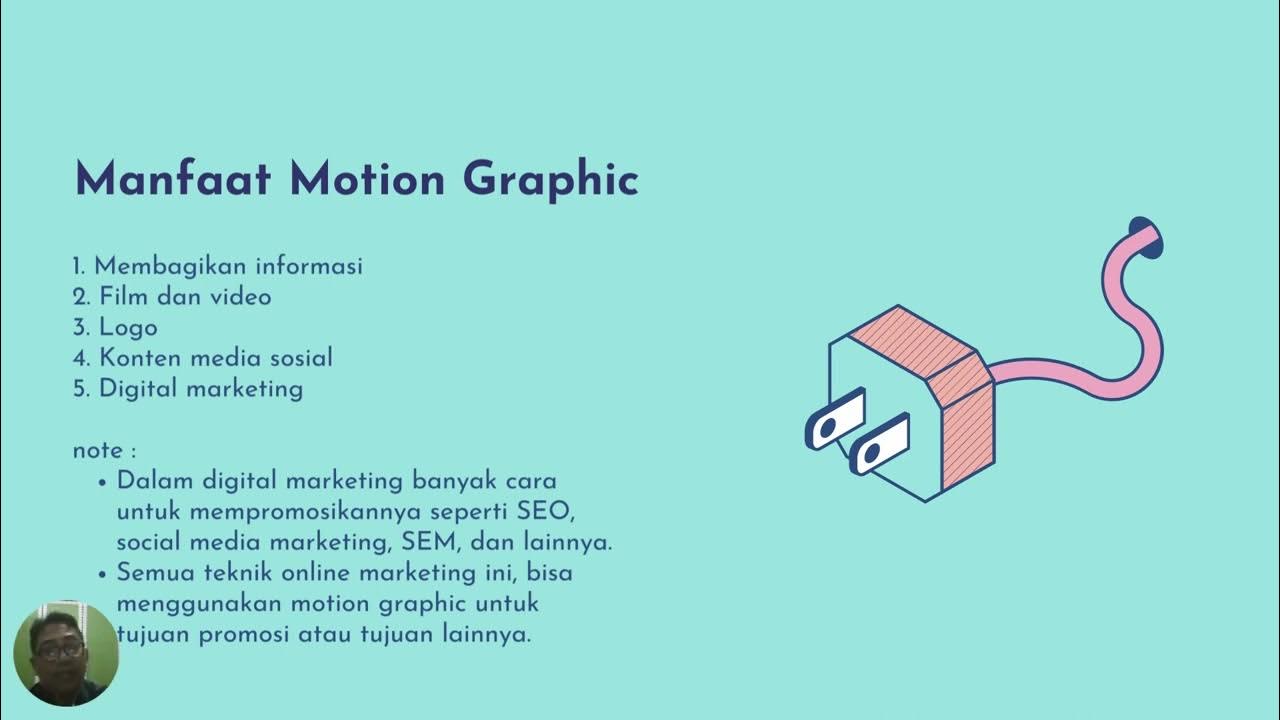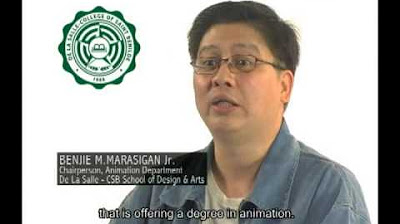The 5 Types of Animation
Summary
TLDRIn this video, the host explores five distinct types of animation: Traditional, 2D, 3D, Motion Graphics, and Stop Motion. Traditional animation relies on hand-drawn frames, while 2D animation utilizes vector-based techniques for character rigging. 3D animation, the most common today, involves manipulating digital puppets in a 3D space. Motion graphics focus on animating text and graphic elements for commercial purposes, distinct from character-driven storytelling. Lastly, Stop Motion combines live-action principles with physical materials to create movement. The video also offers a guide for aspiring animators to learn these styles effectively.
Takeaways
- 🎨 Traditional animation, also known as cell animation, involves drawing every frame by hand to create sequences.
- 💻 2D animation refers to vector-based animation, like those created in Flash, allowing for character rigging and easier manipulation of body parts.
- 🖥️ 3D animation, the most common form today, uses computer programs to control character movements similar to puppetry rather than traditional drawing.
- ⏱️ Traditional animators typically work at 12 frames per second, while 3D animation maintains smooth motion and often runs at higher frame rates.
- 🖌️ Motion graphics are a unique form of animation focused on moving graphic elements or text for promotional purposes, not involving characters or stories.
- 📸 Stop motion animation combines live-action filmmaking techniques with animation, capturing a series of still images to create movement.
- 🧙♂️ Claymation is a popular form of stop motion that uses clay figures and often includes metal skeletons for stability.
- ✂️ Cut-out animation involves manipulating flat materials like cardboard or paper, and was famously used in the original production of South Park.
- 🤖 Pixelation uses real people and environments to create animated sequences through stop motion techniques.
- 📚 The video concludes by offering a guide for aspiring animators, detailing steps to learn each type of animation along with resources for education and software.
Q & A
What are the five different types of animation discussed in the video?
-The five types of animation discussed are traditional animation, 2D animation, 3D animation, motion graphics, and stop motion.
How does traditional animation work?
-Traditional animation, also known as cell animation, involves drawing every frame to create an animation sequence, typically using hand-drawn frames that are displayed in quick succession to create the illusion of movement.
What distinguishes 2D animation from traditional animation?
-2D animation, particularly vector-based animation like that done in Flash, allows animators to create rigs for characters and move body parts individually, unlike traditional animation which requires drawing every frame.
What is the primary difference between 3D animation and traditional animation?
-3D animation involves manipulating characters in a 3D program with special controls, whereas traditional animation requires drawing characters for every frame. In 3D, the entire character is always present in the shot.
What are motion graphics, and how do they differ from character-driven animations?
-Motion graphics involve creatively moving graphic elements or text for commercial or promotional purposes and do not focus on characters or storytelling, unlike other animation types.
How does stop motion animation work?
-Stop motion animation is created by taking a photo of an object, moving it slightly, and taking another photo. This process is repeated to create the illusion of movement when the photos are played in sequence.
What is claymation, and how does it differ from other forms of stop motion?
-Claymation is a type of stop motion that uses clay or Play-Doh characters, allowing for easy manipulation, and can include advanced techniques like using metal skeletons for sturdier rigs.
Can you explain what pixelation is in the context of stop motion?
-Pixelation is a form of stop motion that uses real people and environments, taking still photos while moving subjects slightly to create surreal videos.
What are some common applications for motion graphics?
-Common applications for motion graphics include animated logos, explainer videos, app commercials, television promos, and film opening titles.
What resources are provided for those interested in learning more about animation?
-The video mentions a complete guide available at www.bloopanimation.com/5typesofanimators, which includes overviews of each animation style, the best schools specializing in them, and recommended software.
Outlines

Cette section est réservée aux utilisateurs payants. Améliorez votre compte pour accéder à cette section.
Améliorer maintenantMindmap

Cette section est réservée aux utilisateurs payants. Améliorez votre compte pour accéder à cette section.
Améliorer maintenantKeywords

Cette section est réservée aux utilisateurs payants. Améliorez votre compte pour accéder à cette section.
Améliorer maintenantHighlights

Cette section est réservée aux utilisateurs payants. Améliorez votre compte pour accéder à cette section.
Améliorer maintenantTranscripts

Cette section est réservée aux utilisateurs payants. Améliorez votre compte pour accéder à cette section.
Améliorer maintenantVoir Plus de Vidéos Connexes
5.0 / 5 (0 votes)






